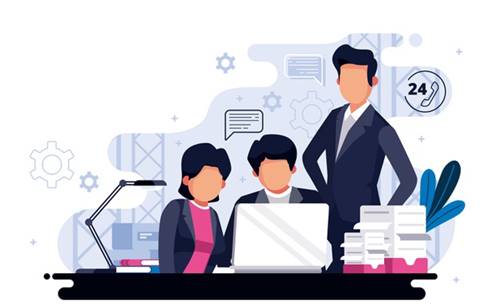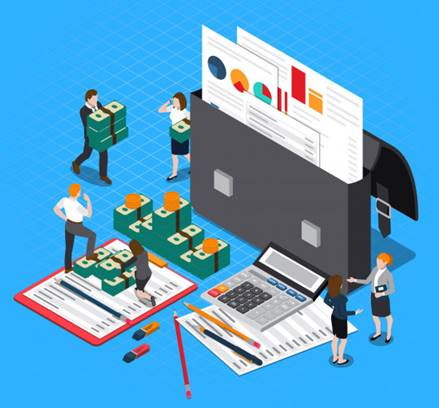
Table of Contents
Accounts Payable (AP)
What is Accounts Payable (AP)?
Accounts payable is an account in the General Ledger that signifies the responsibilities of a company to pay the short-term debt to the suppliers or creditors. AP is the common abbreviation used to refer to accounts payable.

Generally, it is also used for such business divisions or departments that are liable for making payments that the company owes to others.
Accounts Payable Process
The total accounts payable balance of a company appears on the Balance Sheet under the section of Current Liabilities. These are such debts that should be cleared off within a specific period to avoid being the Default.
If, over the period of time, AP increases, it would mean that the company is purchasing more services or products on credit instead of paying the cash. On the other hand, if the AP decreases, it suggests that the company is paying all of its earlier debts at a faster pace than it is purchasing anything new on credit.
Furthermore, the company’s management can manipulate the cash flow with AP to some extent. For instance, if the management is increasing cash reserves, they get to extend the time period that the company takes to clear outstanding debts.
Talk to our investment specialist
Recording Accounts Payable (AP)
The adequate double-entry financial report requires that there is always an offsetting credit and debit for all the entries that have been made in the general ledger. To record AP, the Accountant credits AP when the invoice is received. As far as the debit Offset for this entry is concerned, it is the expense account for the products or services that were purchased on credit. Let’s take an accounts payable example here.
Accounts Payable Example
Suppose, a company got an invoice of Rs. 500 for office products. When the AP department got the invoice, it recorded Rs. 500 credit in the AP and an Rs. 500 debit to office product expense. This Rs. 500 debit expense navigates through the Income statement; thus, the company has already recorded the transaction even though the amount has not been cleared.
This is related to accrual Accounting as the expense was recognized when it incurred. Then, when the company clears out the bill and the accountant will enter Rs. 500 credit to the cash account and record a debit for Rs. 500 to AP.
Likewise, a company could have several open payments due to creditors or vendors at any time.
All efforts have been made to ensure the information provided here is accurate. However, no guarantees are made regarding correctness of data. Please verify with scheme information document before making any investment.













A beautiful day